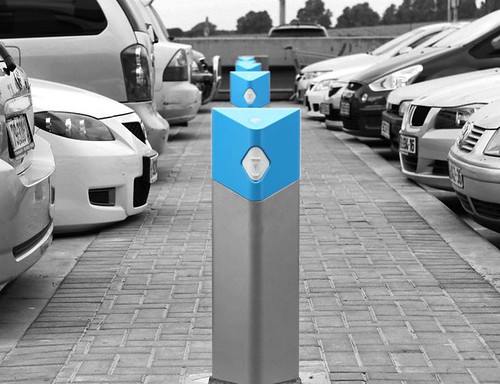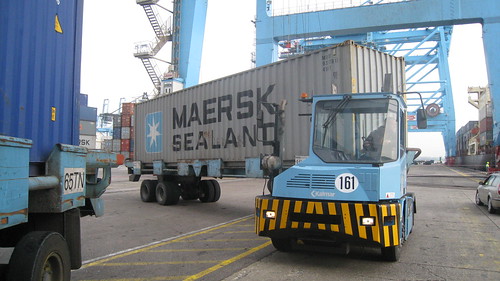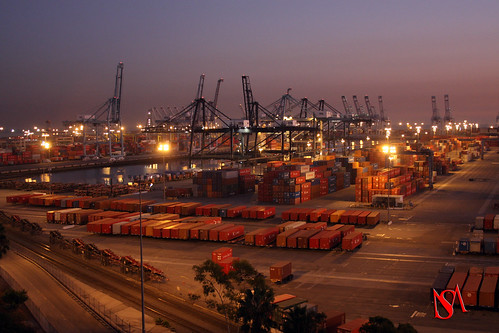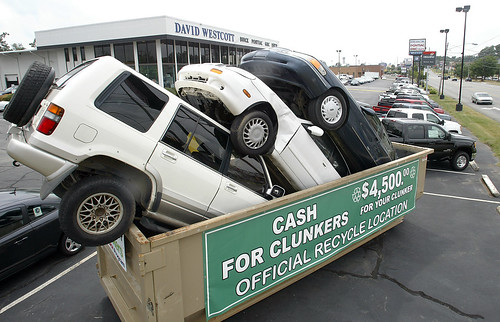Tell me something I don’t know! NAVTEQ Study Reports Gender Differences in the Navigation Market
(Source: PR NewsWire)
NAVTEQ, the leading global provider of navigation services, has released some interesting findings after analyzing research data from several proprietary studies. The findings point to key differences between the male versus female audience for navigation.
The results offer important insights into each group’s interest and interaction with navigation across different types of devices.
- The female audience is equally aware of and attracted to the use of navigation, but they get their information in advance of a purchase from different sources than men.
- Women are also having a very different experience after the purchase with their device. A much higher proportion are not taking advantage of advanced features such as POI search and Traffic, and thus not surprisingly, the satisfaction they report with their systems is dramatically lower than men.
Specific highlights from the analysis include:
- Familiarity with navigation among both women and men tops 90%, but unlike their male counterparts who rely more on information from media sources, word of mouth is the main source of awareness for women (41% for women; 26% for men)
- If purchasing a PND, the highest percentage of men buy at consumer electronics stores (34%), while a higher proportion of women buy online (26% of women) or at a grocery (8% of women)
- Women use features such as POI search and Traffic dramatically less than men; 15% of women “never” use POI search (versus 2% of men) and 39% never use Traffic features (versus 10% of men)
- 80% of men state that they are “extremely” or “very” satisfied with their navigation system; only 60% of women make that same statement
The results are based on analysis of six separate proprietary studies conducted by NAVTEQ in 2008. In each case, the sample sizes were substantial enough to allow for an examination of the findings based on gender. This is one of several announcements made by NAVTEQ this year on learning from the company’s proprietary research efforts, following previous reports regarding the positive impact of navigation on fuel efficiency and CO2 emissions as well as consumer learning on the desire for reminders on regular map updates.
Click here to read the entire press release.










